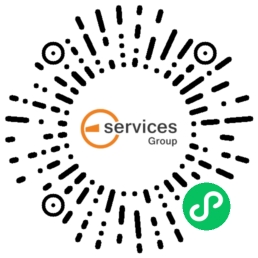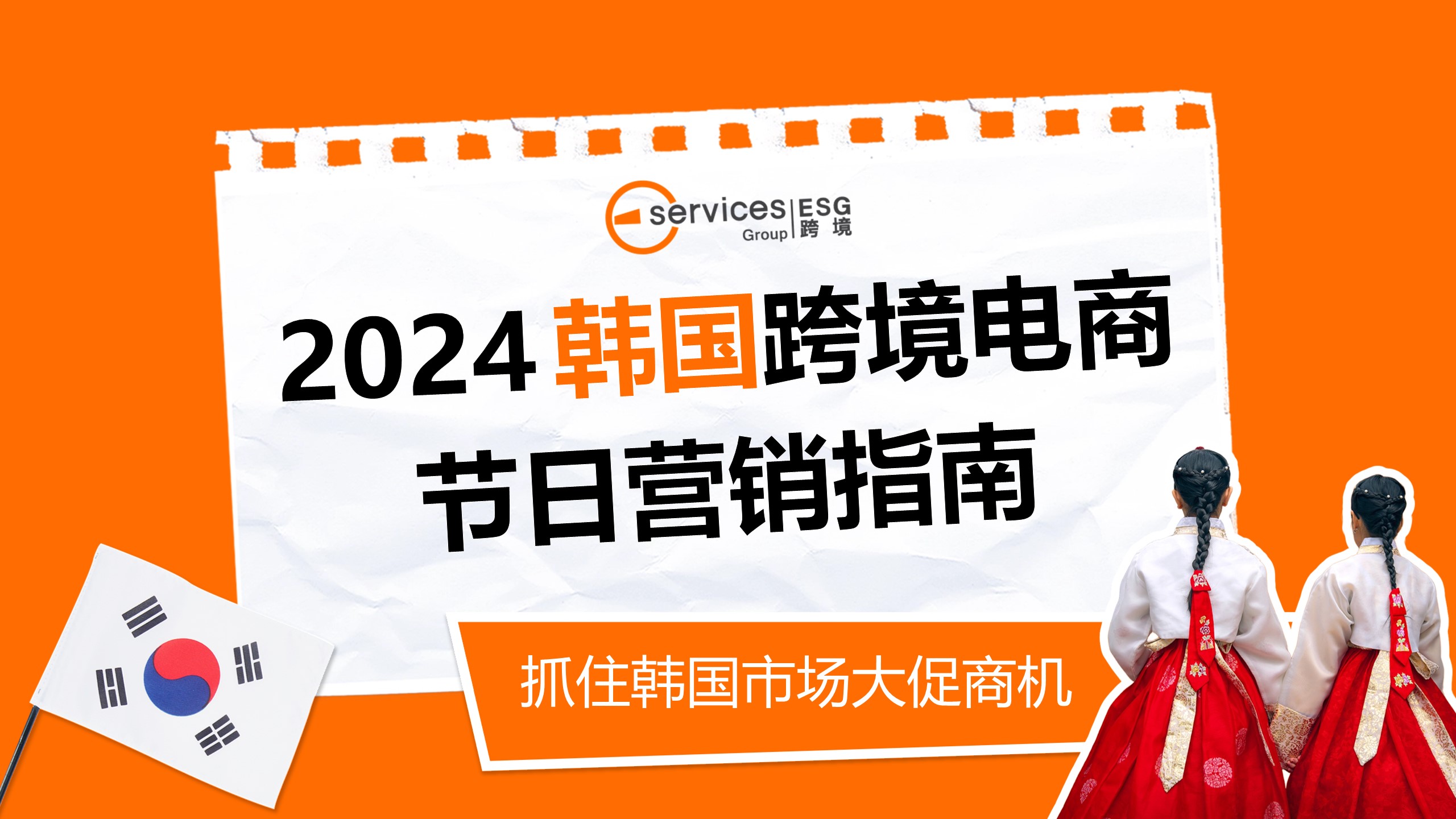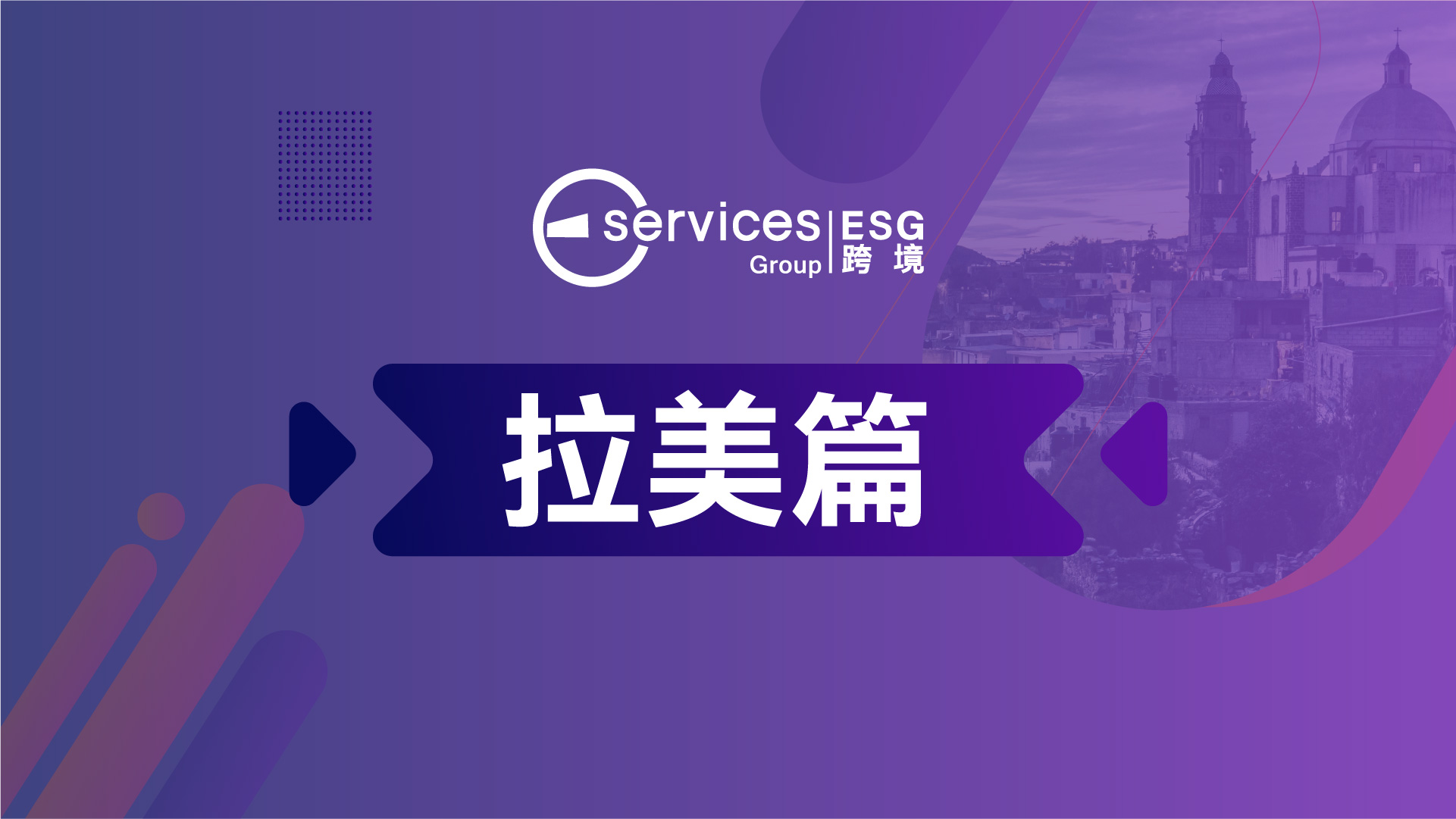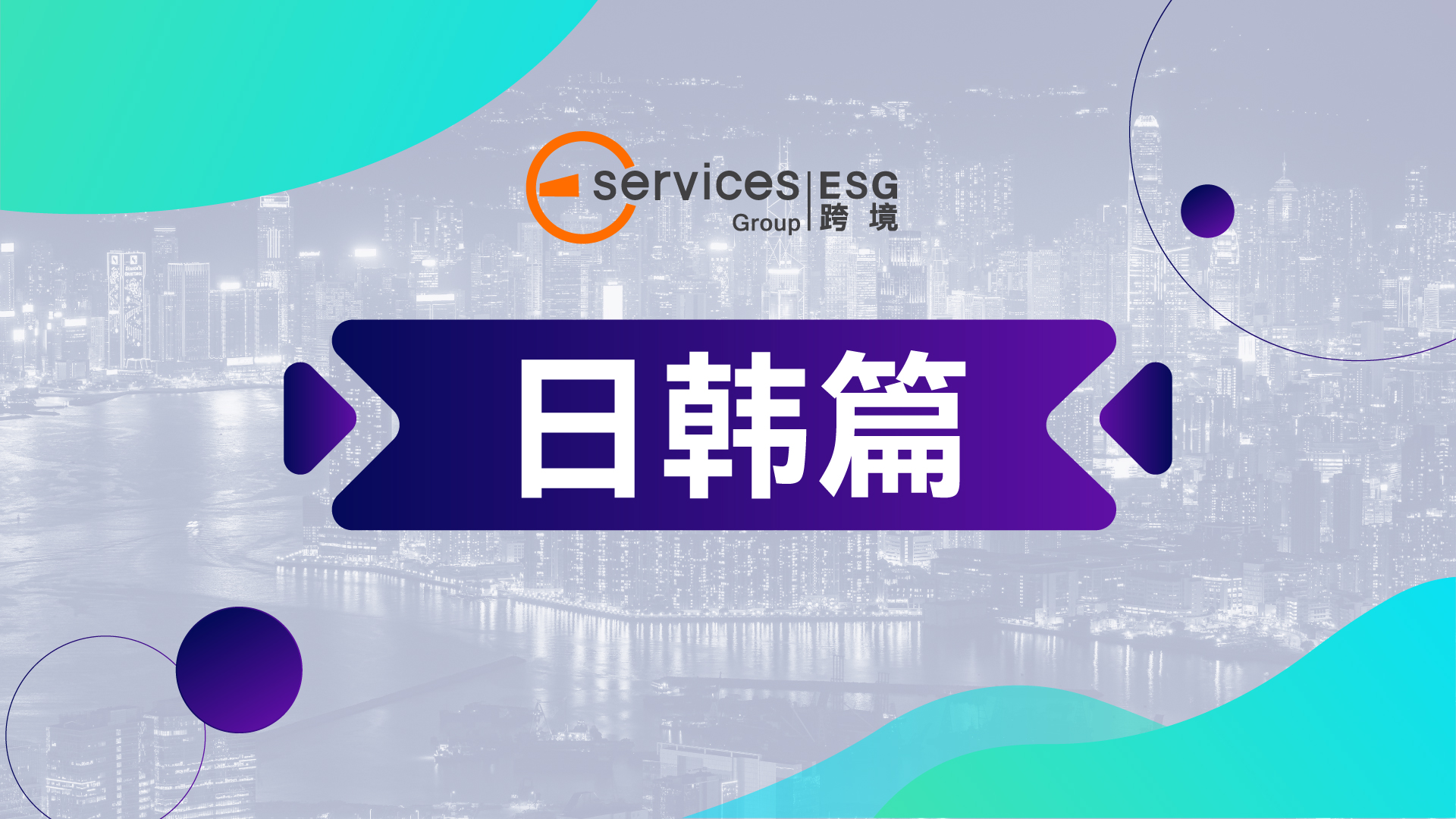如果您已提出报价,向 Escrow.com 付款,并且卖家开始向您发送资产时,就应开始检验。检验期是一段固定的时间,在此期间您需要对购买的资产进行最终检查,确保您收到的所有内容都符合卖家宣传和同意的内容。
如果您已提出报价,向 Escrow.com 付款,并且卖家开始向您发送资产时,就应开始检验。检验期是一段固定的时间,在此期间您需要对购买的资产进行最终检查,确保您收到的所有内容都符合卖家宣传和同意的内容。
Escrow 使用里程碑来确定交易的完成度。里程碑可以是一些步骤,例如转移域名、账户以及通过员工权限转移对 Shopify 的访问权限。接受您的 Escrow.com 账户中的所有里程碑将结束您的检验期。由于所有 Escrow.com 交易都是最终决定,因此,请务必在检验期间完成自己的尽职调查。接受里程碑具有约束力,接受后,卖家便会获得付款,您也会得到相关业务。
如果您需要在交易创建之后更改 Escrow 里程碑,则必须联系 Escrow 客服以请求更改。在买家和卖家都同意更改后,Escrow 会应用更改。
在您通过 Escrow.com 付款后,系统将指示卖家开始向您发送资产。这通常包括所有域名、社交媒体账户、应用的所有权以及实物库存。当卖家向 Exchange 市场确认他们已向您发送全部所需资产后,您必须在 Escrow.com 账户内的阶段列表中将这些内容标记为已接收。
登录您的 Escrow.com 账户并前往您与卖家建立的交易。选择您收到的资产,并点击交易页面上的处理操作。随后您将收到 Exchange 的确认信息并开始您的检验期。
检验期的时长取决于您和卖家在创建交易时共同商定的时长。检验期一般为 3 天,但是对于价值较高的交易,建议您同意采用更长的检验期。检验期最短为 3 天,最长为 30 天。
商定的检验期到期后或您接受并同意所有里程碑时,检验期才会结束。检验期结束后,卖家会收到付款,商店的所有权就转让给您了。
Exchange 会在创建清单时为卖家计算销售额和流量数据。也就是说您可以放心,清单图表中报告的销售额和流量都是在 Shopify 可用的数据这一基础上得出的。
您需要自己检查一些与商店相关的其他重要信息。利润率、费用、流量来源等信息由卖家发布,Exchange 无法验证。
首先,请参阅您的 Escrow.com 交易,查看卖家同意移交的资产的完整列表。在检验期阶段,您应收到对所有这些资产的访问权限。唯一的例外是 账户的商店所有权状态。此时,卖家会将您添加为员工。在检验期结束后,Exchange 才会将您设为店主。
您应获得的其他内容包括:
域名。根据托管域名的地方,您应该会通过电子邮件收到通知,说明域名已转让给您。要将域名转让给您,卖家很可能需要您的联系信息。在转让资产(例如域名和社交媒体账户)时,可以将这些信息与卖家共享,但不应使用这些信息来避开 Exchange 消息传送系统。
社交媒体账户。Facebook 或 Instagram 账户是在 Exchange 上进行的大多数销售的常见包含部分。如果您已同意接收这些账户的所有权,请确认卖家已为您授予它们的访问权限。
。在宣传商店方面,Google Ads 是非常有用的工具。
应用。大部分 Shopify 商店在运作中都使用各种应用。由于许多应用均由第三方开发人员(而不是 Shopify)创建,因此卖家需要将他们的账户信息递交给您。如果您要购买代发货或按需打印的商店,则更需要确保卖家将发货应用(例如 DSers 或 Printful)的所有权转让给您。
实物库存。如果您的购买内容包括实物库存,请确保卖家已将库存发送给您以供检查。请始终要求卖家向您提供货件的跟踪信息。
卖家通常会要求您向他们提供联系信息(包括真实地址)以便妥善地将资产所有权转让给您。当 Shopify 账户团队转让所有权时,卖家负责将所有商定的资产转让给您。
在检验期间,请勿对付款设置、发货设置或产品进行任何更改。
在检验期间,请勿从商店导出任何数据或信息。进行更改或导出信息可能会导致检验期自动终止,并且卖家会收到全额付款。
在您彻底检验所有资产并感到满意之前,请勿将它们标记为已批准。批准资产将结束检验期,卖家将获得付款。此操作是不可逆的。
卖家本着诚信原则将商店资产的所有权转让给您,这样您可以确保所有内容都与卖家描述相符,因此您可以在检验结束前向卖家询问任何想问的问题。
How to perform an inspection period
After you've made an offer, sent payment to Escrow.com, and the seller has shipped assets to you it's time to begin your inspection period. The inspection period is a set length of time during which you are required to take a final look at the assets you're purchasing to ensure that everything you've received is as advertised and agreed upon by the seller.
Escrow uses milestones to determine the completeness of a transaction. Milestones can be steps such as the transfer of domain names, social media accounts and access to the Shopify admin via staff permissions. Accepting all milestones in your Escrow.com account will end your inspection period. Because all Escrow.com transactions are final, it's very important that you do your due diligence during this period. Accepting milestones is binding, and once you accept the seller is paid and the business becomes yours.
If you need to make changes to the Escrow milestones after the transaction has been created, then you must contact Escrow Support to request the changes. After both buyer and seller agree to the changes, Escrow will apply them.
Beginning the inspection period
After you've paid through Escrow.com, the seller is instructed to begin shipping assets to you. This most often includes any domain names, social media accounts, ownership of apps, and physical inventory. After the seller confirms with Exchange Marketplace that they have sent you these all of the required assets, you must mark them as received in your milestone list within your Escrow.com account.
Log in to your Escrow.com account and go to the transaction that you have open with the seller. Select the assets that you've received, and then click Process Actions on the transaction page. You will then receive a confirmation from Exchange to begin your inspection period.
Inspection period length
The length of the inspection period depends on the length of time that was agreed upon between you and the seller at the time the transaction was created. A typical inspection period lasts three days, but for higher value transactions it's recommended that you agree to a longer inspection period. The minimum inspection period is three days and the maximum is 30 days.
The inspection period can end either when the agreed-upon time span expires or you accept and approve all milestones. When the inspection period ends, the seller receives payment and ownership of the store is transferred to you.
Can Exchange assist with the inspection?
Exchange calculates sales and traffic data for the seller when the listing is created. This means that you can rest assured that the sales and traffic reported in the listing graphs are based off data that is available to Shopify.
There are other vital pieces of information about the business that you need to inspect yourself. Claims such as profit margins, expenses, and traffic sources are reported by the seller and can't be verified by Exchange.
What you should have access to before inspecting
First, refer to your Escrow.com transaction to see the full list of assets the seller has agreed to hand over. At the inspection period stage, you should have received access to all of these assets. The only exception is store ownership status of the Shopify account. At this point the seller adds you as staff. Exchange will not make you store owner until your inspection period ends.
Other things you should have possession of are:
Domain names. Depending on where the domain name is hosted, you should receive notification by email that a domain name has been transferred to you. To have the domain transferred to you, the seller most likely needs your contact information. This information is fine to be shared for the transfer of assets such as domains and social media accounts, however this information should not be used to circumvent the Exchange messaging system.
Social media accounts. Facebook or Instagram accounts are a common part of most sales made on Exchange. If you've agreed to take ownership of these accounts, verify that the seller has given you acss to them.
Advertising accounts. Google Adwords can be a very useful tool when it comes to spreading the word about your business.
Apps. Most Shopify businesses use a variety of apps to function. Because many apps are created by third-party developers and not Shopify, their account information needs to be handed over to you by the seller. If you're purchasing a dropshipping or print on demand business, it's especially important that you ensure the seller transfers ownership of fulfillment apps like DSers or Printful.
Physical Inventory. If your purchase includes physical inventory, ensure that the seller has shipped the inventory to you for your inspection. Always ask the seller to provide you with tracking information for the shipment.
It's not uncommon for a seller to request that you give them your contact information (including physical address) to properly transfer ownership of assets to you. While the Shopify Accounts team transfers ownership, the seller is responsible for transferring all agreed-upon assets to you.
What not to do during your inspection period
Do not make any changes to the payment settings, shipping settings, or products during your inspection period.
Do not export any data or information from the store during inspection period either. Making changes or exporting information can result in the automatic termination of the inspection period and the seller receiving the payment in full.
Do not mark all assets as approved until you have inspected them thoroughly and are satisfied. Approving the assets ends the inspection period and the seller is paid out. This action is non-reversible.
The seller transfers ownership of the business assets to you in good faith so that you can make sure that everything is as described by the seller, and so you can ask them any questions that you might have before the end of the inspection.
特别声明:以上文章内容仅代表作者本人观点,不代表ESG跨境电商观点或立场。如有关于作品内容、版权或其它问题请于作品发表后的30日内与ESG跨境电商联系。
二维码加载中...
使用微信扫一扫登录
使用账号密码登录
平台顾问
微信扫一扫
马上联系在线顾问
小程序

ESG跨境小程序
手机入驻更便捷
返回顶部





